
Dongchuan: God’s Own Canvas
Fiery red earth interwoven with fields of emerald green, golden yellow and pastel pink transport the traveller to a fairyland in this sleepy district in the southwest of China.
Words & Photos Sugato Mukherjee
For most of the four-hour drive from the Chinese city of Kunming, the asphalt track bisects a rural scape that is picturesque but never exciting. Then the bus enters Huashitou – a sleepy hamlet where roadside vendors, mostly old women in traditional attire, are selling bamboo rice.
That’s when the magic begins.
Red, green, yellow and white ribbons unfurl to form an intricate rainbow that stretches to the horizon. It takes a while to understand that the colourful landscape is actually farmland where fields of golden buckwheat, emerald barley, pink potato flowers and bright yellow canola delicately interweave with the rich red soil to create a palette reminiscent of a Van Gogh. We are in Dongchuan district, which indeed can be translated as palette.
After setting up at a guesthouse in one of the villages dotted across this living canvas, I spend the next few days exploring the “Redlands” that stretch over 50 kilometres of gentle highlands, where wind turbines stud the landscape, slowly grinding their giant wheels. Short hikes take me to vantage points, from where horse-drawn carriages can be seen being loaded with the harvest in the valley below. The local ethnic Miao minority is a thriving community of farmers with a quaint, laidback way of life.
Yet their age-old struggle against rough nature has transformed these infertile hillsides into a polychromatic wonderland. While iron oxide gives Dongchuan’s soil its fiery red hue, it also makes the ground inhospitable to farming. Add to this the story, mountainous terrain which cannot retain water and you understand why the local community has been planting drought-resistant crops for centuries.
Each family has an allotted plot, so while one plants potatoes, another cultivates wheat. And it’s this random pattern of plots that has resulted in breath-takingly colourful geometric designs.
The colours are most intense at Lexiaguo – a valley of blood red earth splashed with wild strokes of pink, yellow and green. As the mellow rays of a setting sun glance off the elegant contours of Lexiaguo valley, I remember what the old owner of the guesthouse had said over a breakfast of dumplings and homemade pastries: “God knocked over his palatte and dropped his paint here. Dongchuan is God’s own canvas.”
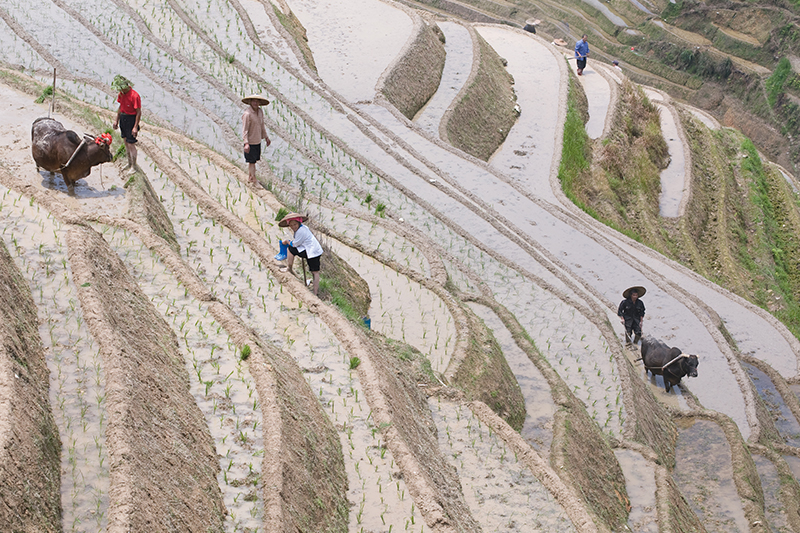
Terraced tunnels are painstakingly created to make the land productive.
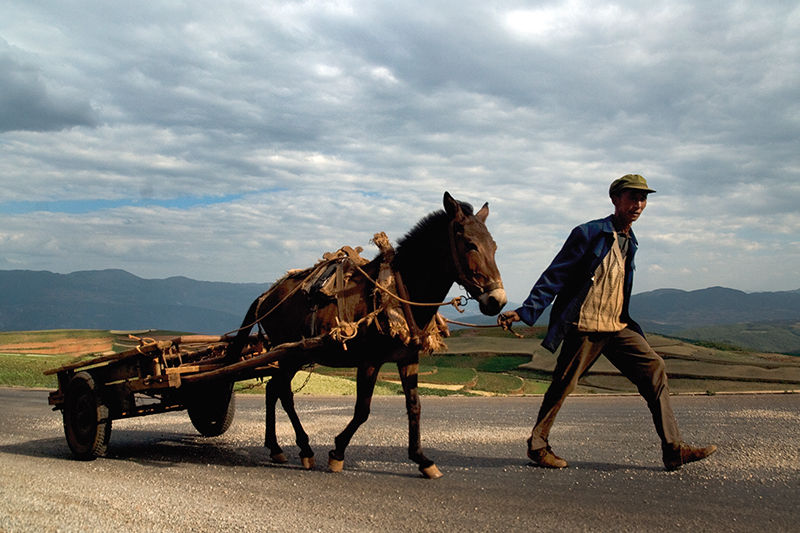
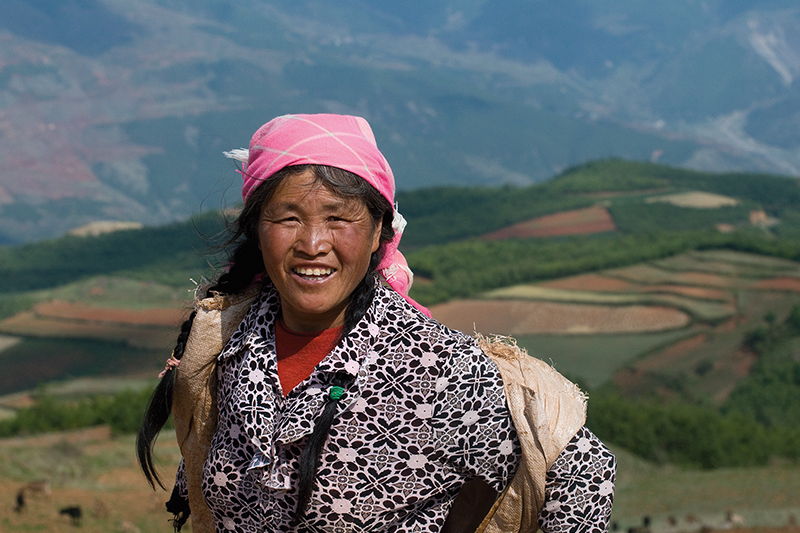
A Dongchuan peasant heads home
A womain in traditional headgear
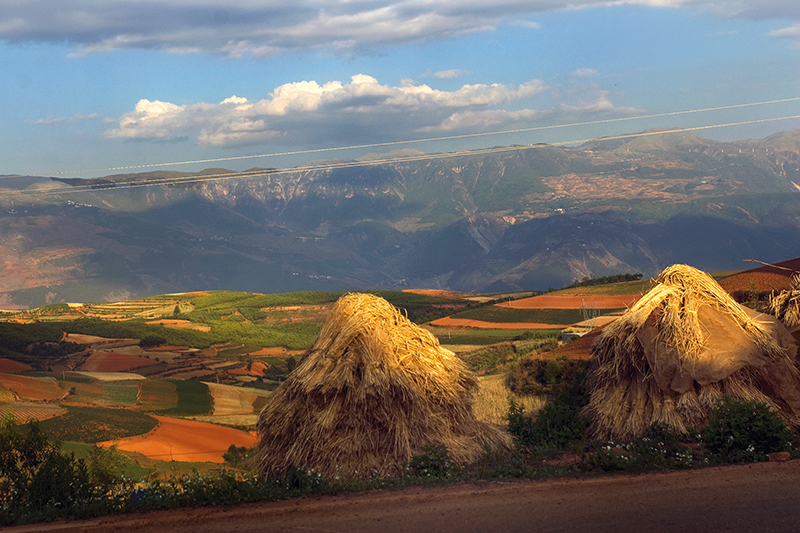
Harvested crops are stored under piles of hay.
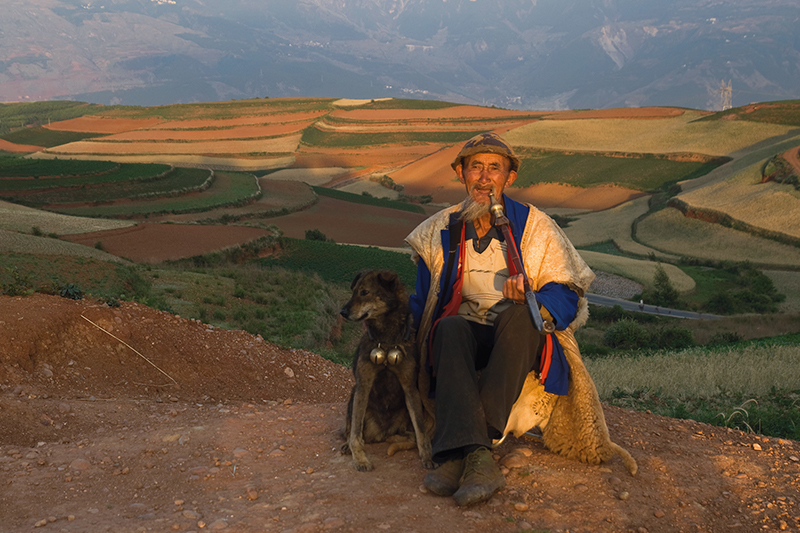
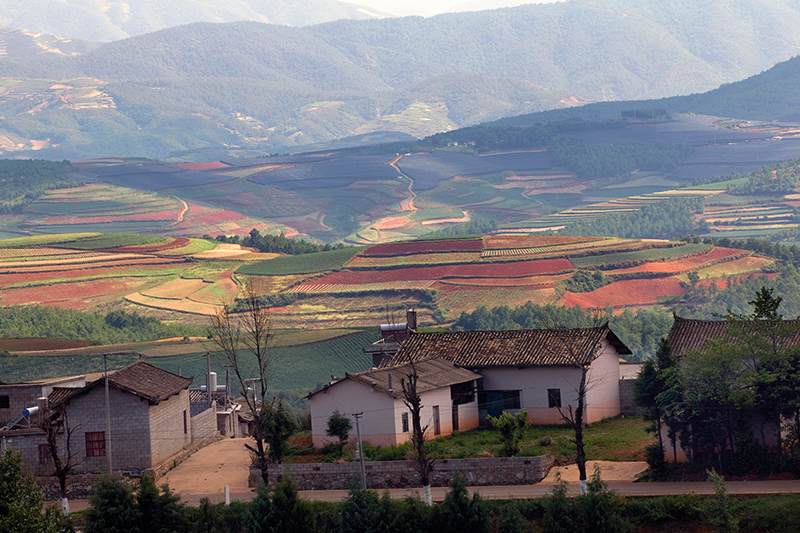
A farmer takes a break as the sun sets on his multicoloured farm
Farming on soil that is inherently inhospitable can be a relentless job
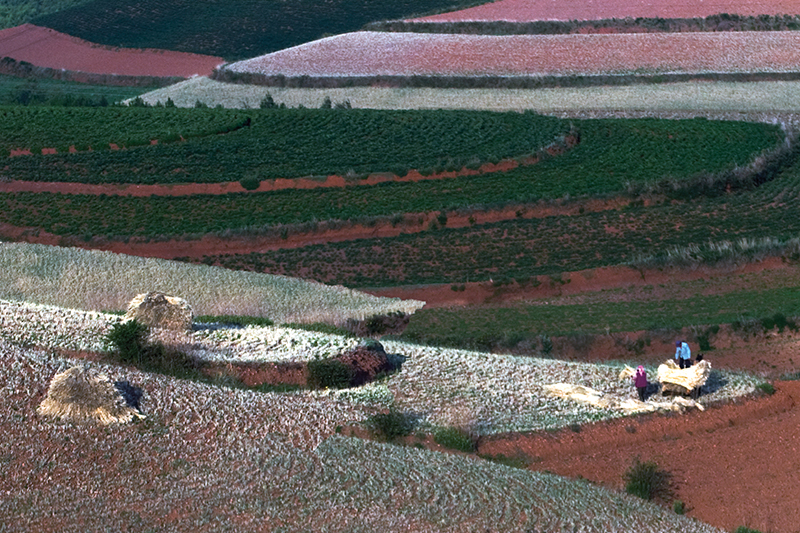
Rich deposits of iron oxide have given the soil a ferry reddish hue, earning Dongchuan its nickname – Redland
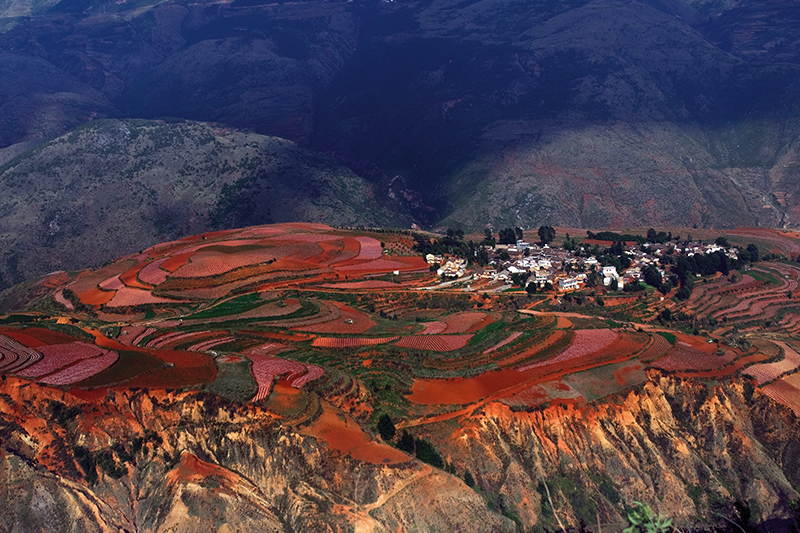
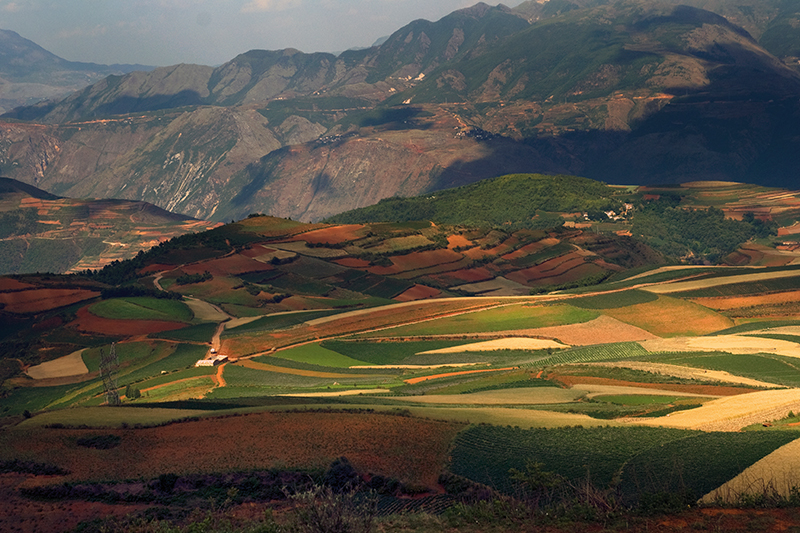
The small hamlets dotting the Dongchuan landscape seamlessly merge into the colours
Buckwheat, potato and barley are the major crops grown in the rust-coloured valley

The patchwork of terraced fields are rich in minerals like iron, which lend the land its unusual colour palette
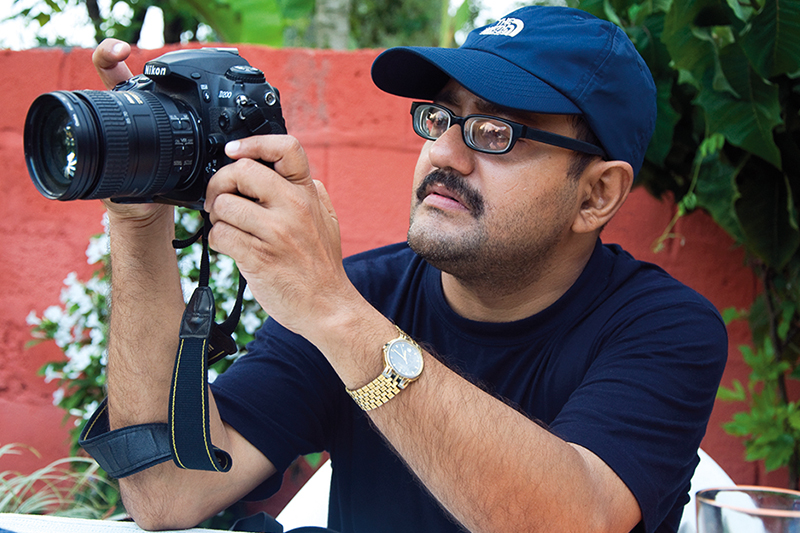
About the Photographer
Sugato Mukherjee is a photographer and writer based in Kolkata, India. When he is not working on personal projects, Mukherjee loves to weave visual narratives in exotic, offbeat destinations. He has contributed to the Globe and Mail, Al Jazeera, National Geographic Traveller and Jet Wings International, among others. His work on Sulphur miners in East Java even won him an award from UNESCO. Mukherjee’s coffee table book “An Antique Land: A Visual Memoir of Ladakh”, published in 2013, also received critical acclaim.
